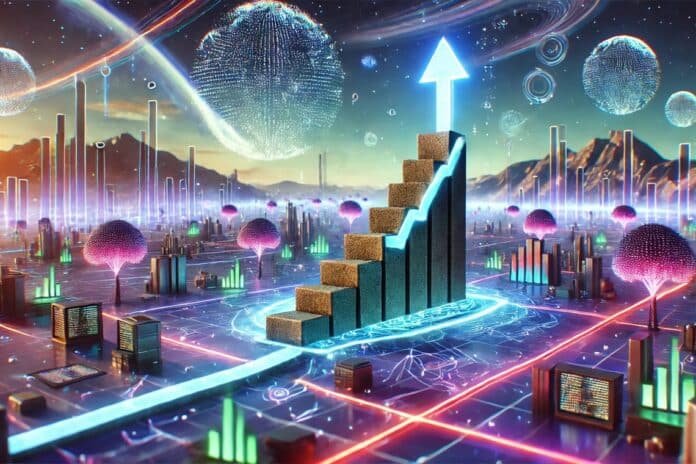Mark Zuckerberg, founder of Meta (formerly Facebook), is now the fourth richest man in the world, thanks to the growing trend of the metaverse and AI sectors.

Summary
Zuckerberg is the fourth richest man in the world thanks to the trend change in the metaverse
After three years since the rebrand of Facebook to Meta, finally the founder Mark Zuckerberg can also celebrate a new achievement: the fourth place in the ranking of the richest men in the world.
And in fact, according to the updated ranking by Bloomberg, Zuckerberg is now in fourth place with a net worth of 201 billion dollars.
This success comes after last October 2021, Facebook had become Meta, inaugurating the new trend of the company: the metaverse.
As of today, therefore, Zuckerberg is just below the podium, behind the three richest men in the world: Elon Musk with 272 billion dollars, Jeff Bezos with 211 billion dollars, and Bernard Arnault with 207 billion dollars.
The rise of Zuckerberg also reflects the progress of his company in the world of the metaverse, launching new hardware and supporting and involving Artificial Intelligence (AI).
Looking at the shares of Meta Platforms, with ticker META, it is easy to notice how in this 2024 their value has exceeded $400, reaching highs of over $600. At the time of writing, the shares of META are worth $567.
The trend of the metaverse: hardware production attracts Zuckerberg and other global giants
Recently, it has been analyzed how besides for Zuckerberg’s Meta, the bet on the metaverse trend has also become attractive for other corporate giants.
In fact, just like Meta, Apple, Google, Microsoft, and Nvidia are currently developing new devices for the metaverse.
For example, Microsoft is in partnership with Samsung for hardware production for the metaverse that should challenge Apple’s Vision Pro headsets. However, these devices will not be available before 2026.
On the contrary, Apple presented its Vision Pro AR/VR last June 2023, officially entering the world of the metaverse.
More recently, there is Google, which in June 2024, has instead formed a partnership with the company Magic Leap to offer immersive experiences and promote the AR/VR ecosystem. Magic Leap has already released a head-mounted augmented reality display, called Magic Leap One, which overlays computer-generated 3D images onto real-world objects.

Meta and its Q2 2024 report: trust now in AI
While 2024 seems to be prosperous for META stocks and for, today, also Zuckerberg’s net worth, the Q2 2024 report of the company does not seem to have been satisfactory.
In fact, it seems that the metaverse was the sector in which the company recorded a loss of 4.5 billion dollars.
Fortunately, however, Zuckerberg had already stated at that time that he wanted to involve AI, and in fact create a model based on Artificial Intelligence.
Specifically, Zuckerberg clarified that Meta intends to scale its AI business by narrowing the company’s focus and investing more capital in AI research. Here are the words of the current fourth richest man in the world:
“We have released the first frontier-level open-source AI model and continue to see good traction with our Ray-Ban Meta AI glasses”
